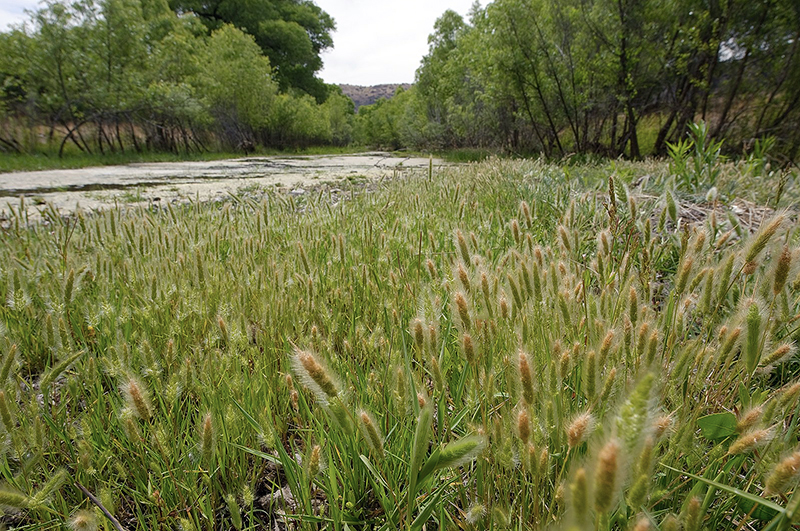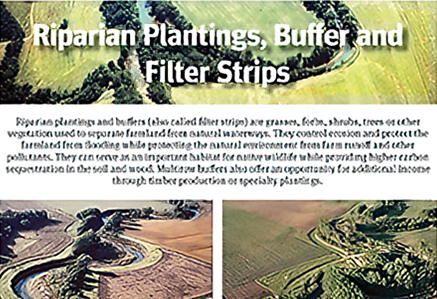
North Valley Food Hub Supported Conservation Practices (Page 2)

How to access funding for Climate Smart Agriculture:
North Valley Food Hub Team Builder Form(opens in new window)
Learn about the USDA NRCS conservation practices that the North Valley Food Hub provides support to implement with useful information about each one.
- Alley Cropping (NRCS #311)
- Conservation Cover (NRCS #327)
- Conservation Crop Rotation (NRCS #328)
- Cover Crop (NRCS #340)
- Critical Area Planting (NRCS #342)
- Field Border (NRCS #386)
- Filter Strip (NRCS #393)
- Hedgerow Planting (NRCS #422)
- Mulching (NRCS #484)
- Nutrient Management (NRCS #590)
- Pasture and Hay Planting (NRCS #512)
- Pest Management Conservation System (NRCS #595)
- Prescribed Grazing (NRCS #528)
- Range Planting (NRCS #550)
- Residue and Tillage Management, No Till (NRCS #329)
- Residue and Tillage Management, Reduced Till (NRCS #345)
- Riparian Herbaceous Cover (NRCS #390)
- Riparian Forest Buffer (NRCS #391)
- Silvopasture (NRCS #381)
- Soil Carbon Amendment (NRCS #336)
- Soil Health Testing (NRCS #216)
- Stripcropping (NRCS #585)
- Tree/Shrub Establishment (NRCS #612)
- Tree/Shrub Site Preparation (NRCS #490)
- Windbreak/Shelterbelt Establishment and Renovation (NRCS #380)
- Woody Residue Treatment (NRCS #384)
Nutrient Management (NRCS #590)
Nutrient Management is managing the rate, source, placement, and timing of plant nutrients and soil amendments while reducing environmental impacts. Do not follow the NRCS Conservation Practice Standard alone. All nutrient management activities must adhere to national, state and local water quality regulations.
Pasture and Hay Planting (NRCS #512)
Pasture and hay planting involves establishing adapted and compatible species, varieties, or cultivars of perennial herbaceous plants suitable for pasture or hay production.
Pest Management Conservation System (NRCS #595)
A Pest Management Conservation System combines an Integrated Pest Management decision making process with natural resource conservation to address pest and environmental impacts.
Prescribed Grazing (NRCS #528)
Prescribed Grazing, also known as Adaptive or Managed Grazing, involves managing vegetation with grazing animals with the intent to achieve specific ecological, economic, and management objectives.
Range Planting (NRCS #550)
Range Planting is the seeding and establishment of herbaceous and woody species for the improvement of vegetation composition for grazing and to meet other management goals. It is often done to rehabilitate overgrazed land, reduce soil erosion, or increase carbon sequestration.
Residue and Tillage Management, No Till (NRCS #329)
This practice addresses the amount, orientation, and distribution of crop and other plant residue on the soil surface year round. Crops are planted and grown in narrow slots or tilled strips established in the untilled seedbed of the previous crop. This minimizes soil disturbance and increases soil organic matter, supporting soil biology and soil health.
Residue and Tillage Management, Reduced Till (NRCS #345)
Also known as non-inversion tillage or mulch tillage, this practice reduces soil-disturbing activities used to grow and harvest crops in systems where the field surface is tilled prior to planting.
Riparian Herbaceous Cover (NRCS #390)
Riparian herbaceous cover is the establishment and maintenance of grasses, grass-like plants, and forbs that are tolerant of intermittent flooding or saturated soils in the transitional zone between waterways and crop or rangeland.
Riparian Forest Buffer (NRCS #391)
This practice involves creating a buffer zone predominantly covered by trees and/or shrubs that separates agricultural land from a watercourse or water body. It reduces the loss of sediment from the land as well as fertilizers, pesticides and other pollutants from entering the water. It also maintains or increase total carbon stored in soils and improves biodiversity.



















